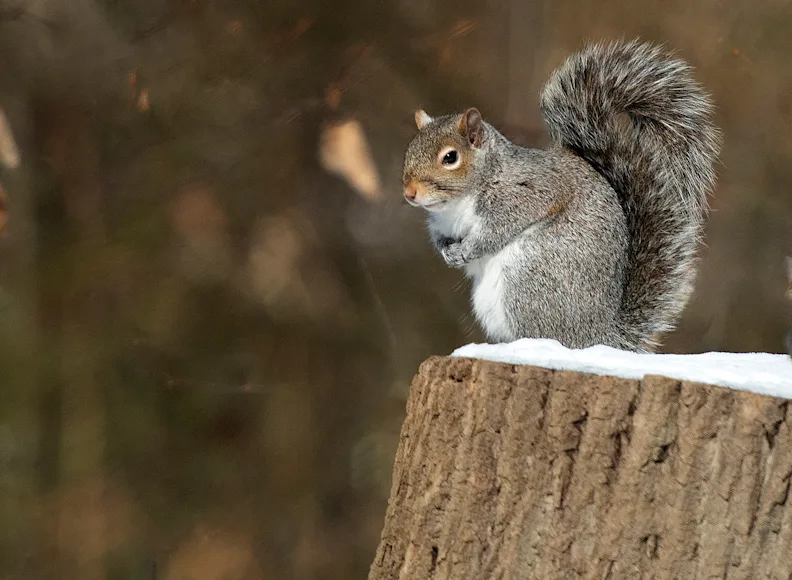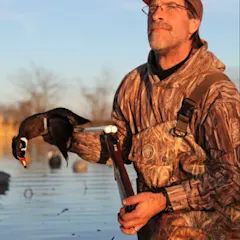I started hunting in September of 1972. Seated on the ground next to my father, I settled the gold front bead of a 410 single shot on a fox squirrel’s head and pulled the trigger. Fifty-two years later, I am still using the lessons and tactics I learned during my first squirrel season.
Over those five decades, I’ve hunted a lot of animals in a lot of different places. But I never lost my passion for squirrels. Rusty red fox squirrels. Skittish grey squirrels. Elusive black squirrels. It really doesn’t matter which type of species, for I’ve enjoyed them all. And not only have I enjoyed the chase and the challenge bushytails have provided, but most of the hunting (big game included) and outdoor skills I’ve accumulated over those 50 years have come courtesy of these wonderful small game animals. Here is everything that squirrel hunting has taught me.
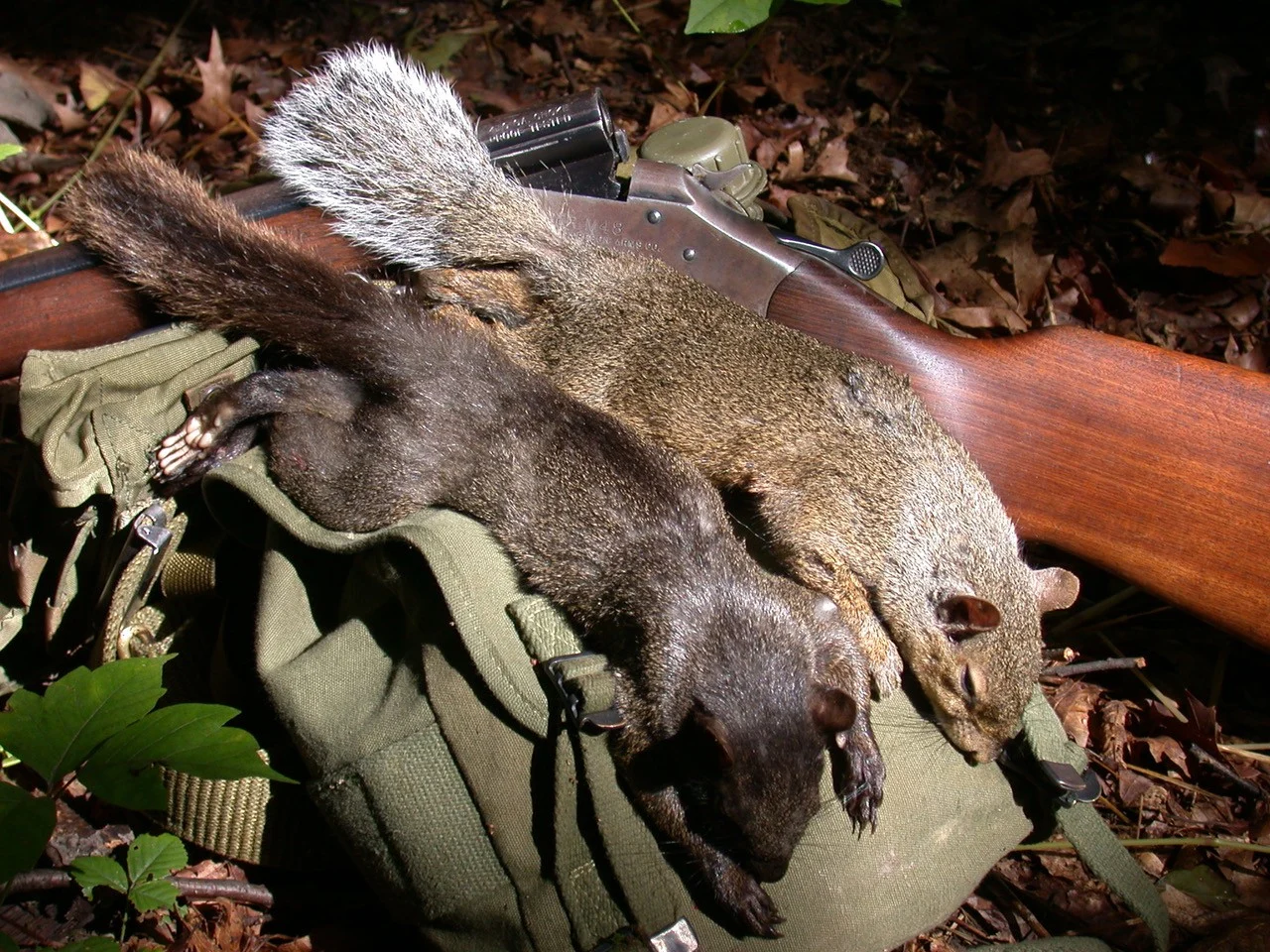
The Importance of Stealth
Squirrel hunting teaches you how to walk in the woods without sounding like an amorous chipmunk running in oak leaves. Occasionally, I’ve chosen a seat within shooting range of a squirrel when it appears. However, more often, I have to relocate, and when hunting ever-nervous grey squirrels, I have to reposition myself quietly and slowly. Without being seen, and by using any available cover, be it tree or terrain, I learned how to move through woods going unnoticed. Still-hunting whitetails? It’s helped tremendously. Sneaking on a bunch of loafing mallards? Same thing.
I became a better turkey hunter because squirrel hunting taught me to look with my eyes and not my head or upper body, eliminating any unnecessary movement without sacrificing what I could or couldn’t see.
How to be Observant
While we’re talking about vision, hunting bushytails coached me in the art of being observant. That is seeing what I’m looking at and having it register. You look at 50 mixed hickory and beech and maple trees long enough, and you’ll notice when something is out of place. Like a suspicious hairy bump that wasn’t there a mintue ago. Now you’re ready to see a whitetail’s ear. Or the horizontal line of a buck’s back. Or that distant gobbler standing statue still at 100 yards along a treeline. Remember, it’s one thing to look, and it’s another to actually see.
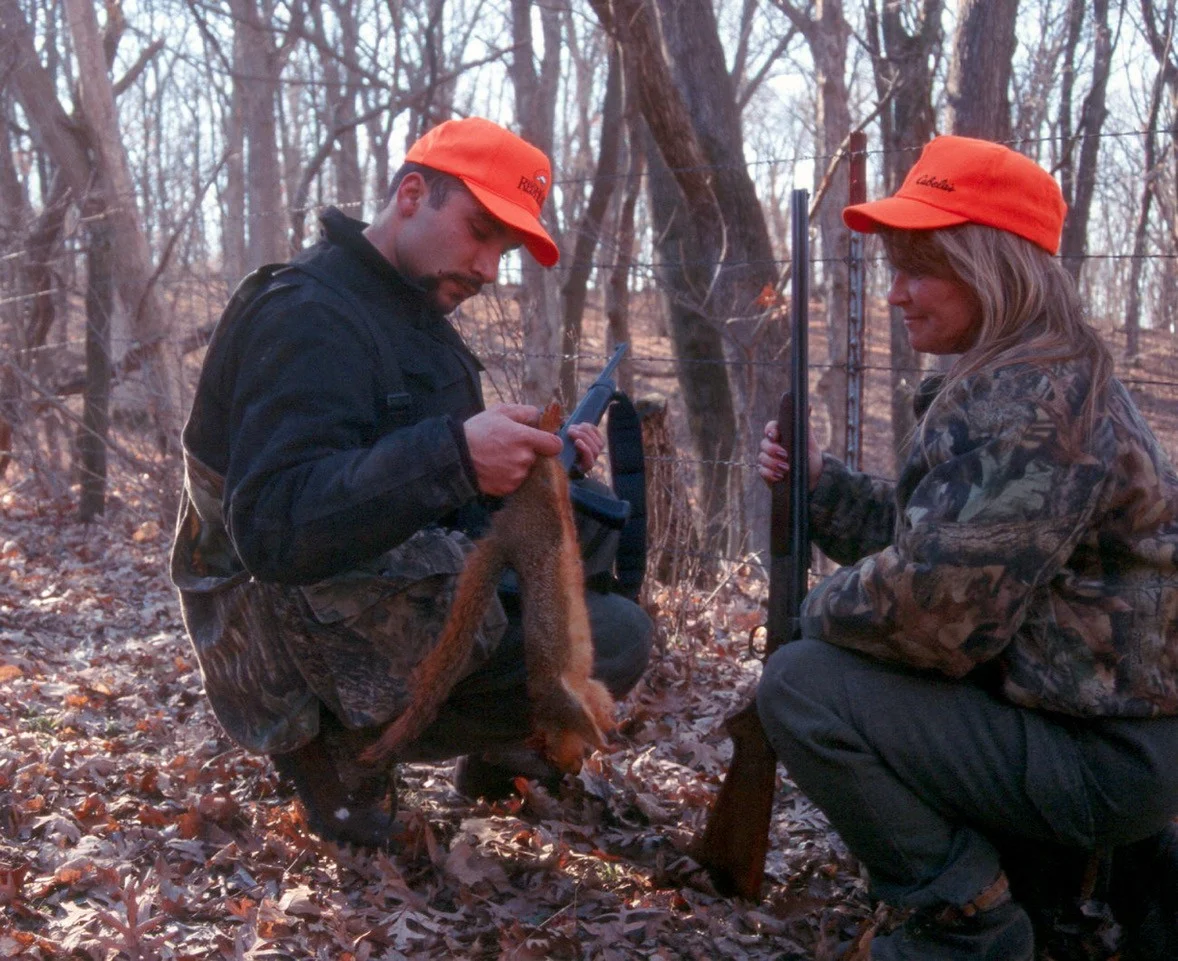
How to Listen
The leafy swoosh squirrels make when jumping from branch to branch is radically different from that made by the wind. So, too, a fat ‘ole fox squirrel digging in the leaves differs from a chipmunk or rufous-sided towhee. Squirrel hunting taught me to listen … and listen … and listen, and then decipher what I was hearing.
A gobbler walking in the leaves. An errant breeze. The rhythmic step-step-step of another hunter. And blue jays! I’ve found endless amounts of squirrels thanks to two or three jays squalling at them. And how many whitetails might have gone undetected had it not been for a pesky red squirrel raising the alarm? Squirrels taught me how to use my ears.
How to Shoot Accurately
Like many new hunters, I began my squirrel hunting career shooting a variety of smaller shotguns—a single shot .410, a single Savage 20 gauge, and even a ’52 Winchester Model 24 16 gauge. Eventually, I graduated to a Stevens 22/410 O/U, Winchester M9422, and the venerable Ruger 10/22, all topped with scopes ranging from Old School straight 4x tubes to modern Bushnell 3-9x40s. Then I started shooting a Pedersoli .32 caliber muzzleloading long rifle, and it was as accurate as any 22 I’ve ever carried.
Long story short, the rimfires and the muzzleloader trained me to make that first (and often only) shot count. That was a critical lesson that I applied to whitetails, bears, and gobblers. Make the first shot count because a squirrel—and other big game—might not give you a second chance.
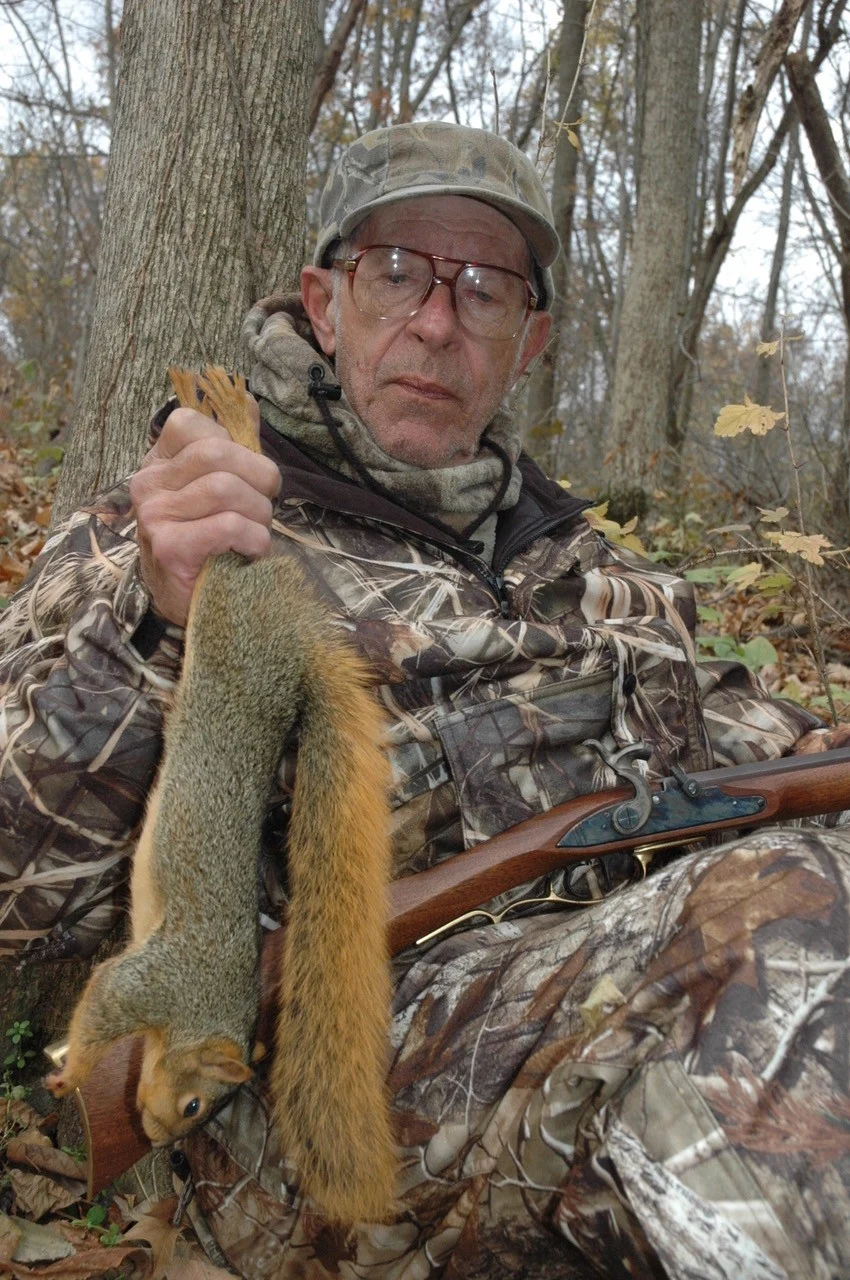
How to Sit Still
When it came to squirrels, my Old Man was a sitter. So, by default, I became a sitter, or at least until I was permitted to hunt alone, and then I combined sitting with walking. All that said and today, as it’s been for a long time, I can sit. And boy, can I sit still. It doesn't matter if it's turkeys, whitetails, ducks, or geese. I take a foam seat and get comfortable. Put coffee and snacks within simple arm’s reach, maybe pop up a portable blind, and sit. It’s like my old man always said, “You will see more sitting still than you will walking through the woods. And you won’t be scaring stuff away.” Dad was right.
How to Care Properly for Wild Game
Squirrels were my first foray into the world of wild game care. After the hunt, the guns were cleaned, and the squirrels were immediately separated from their hides. They were then gutted, cut into five pieces, soaked overnight in salt water, and packaged for the freezer. I never saw game cleaning as a chore but instead as a factor in the overall equation. It wasn’t fancy, but it was an integral part of the process. Here is a step-by-step guide to that process.
With heavy tin snips, remove all four feet at the ‘wrist’
With a stiff, sharp knife, remove the head and tail
Hold the still-hairy carcass under cool running water. Get it soaking wet, down to the skin. Water is key
With your left hand, pinch about an inch of hide in the middle of the back. With your right hand and the knife, cut an inch-long slit in the hide. It’s important to rinse your hands every time they leave the carcass so as not to transfer hair from your hands to the meat
Next, put your first two fingers of each hand into the slit and, channeling your inner Circus Strong Man, pull in opposite directions. The hide should come off in two pieces (head and tail) inside out like a glove. A quick cut might be necessary on the belly
Rinse again. Gut like you would a miniature whitetail. Rinse again, and cut into two hind legs, the back, and two fronts with the ribs
How to Mentor New Hunters
Back in the day, 99 percent of the young hunters entering the field learned the ropes during squirrel season. Squirrels are the perfect instructors on several levels. My father could sit shoulder-to-shoulder with me and address every single aspect of the hunt, including and, most significantly, safety. We would talk in whispers. I’d ask questions. He’d point things out. “Hear that,” he’d ask. I didn’t. “See that,” he’d whisper. Again, I didn’t.
But over time, I learned. If I missed a squirrel or one ran off through the treetops, it didn’t matter. There were lots of squirrels, and let’s be honest, a big fat fox squirrel, though a trophy in my book, isn’t a 200-inch whitetail or 28-pound gobbler with a foot-long beard. There is no pressure with squirrel hunting, and for that reason, it still remains the best outdoor classroom there is.

